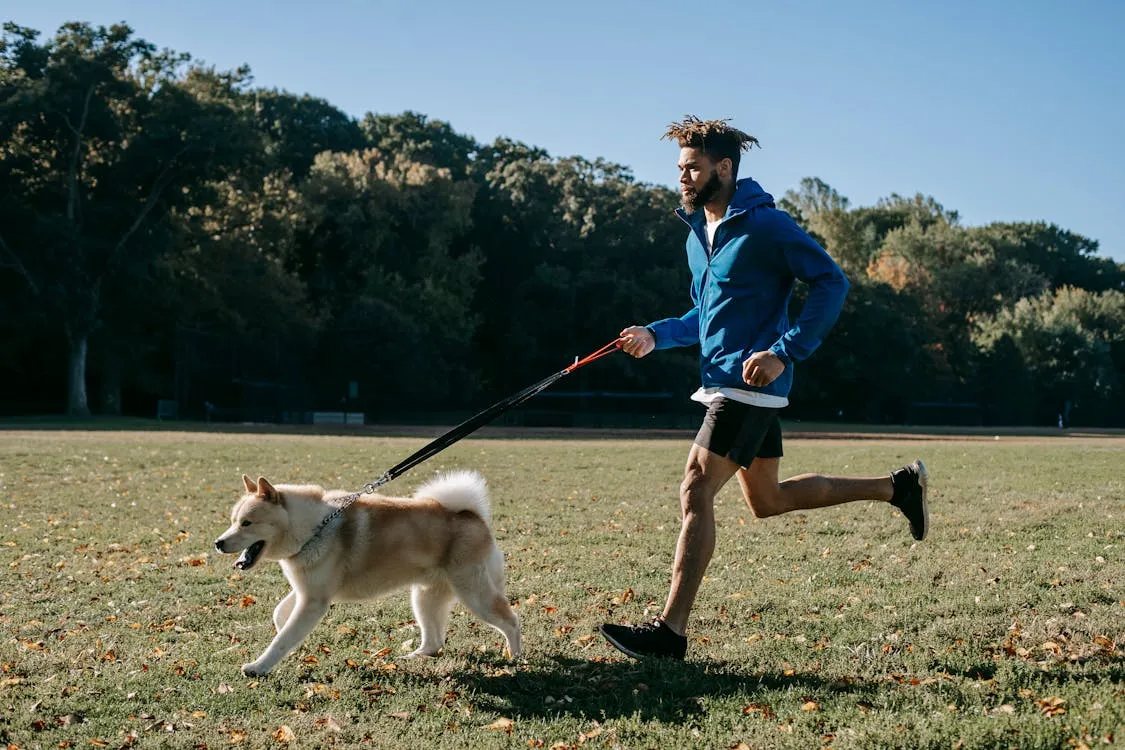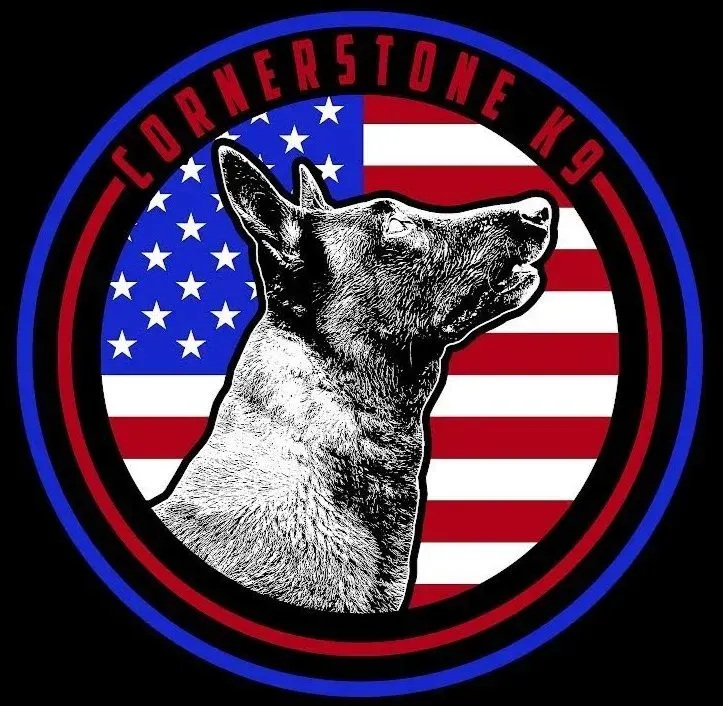
Introduction to Sport Dog Training: Is Your Dog Ready?
Sport dog training encompasses a wide variety of canine activities designed to challenge a dog's physical and mental capabilities. It promotes structured exercises that sharpen obedience, speed, agility, and specialized skills. The goal is not just competition but also enhancing the dog's quality of life through purposeful activities.
Brief History of Canine Sports
Canine sports have a rich history dating back to ancient civilizations where dogs were trained for hunting, guarding, and herding. In the early 20th century, organized dog competitions such as obedience trials and field tests emerged. Over time, these evolved into modern dog sports including agility, protection sports, and scent work.
Why Sport Dog Training is Growing in Popularity
Today, more dog owners are turning to sports dog training basics to keep their pets physically fit and mentally stimulated. The rise in popularity stems from increased awareness of dog fitness and behavior issues, as well as the social aspect of participating in events with fellow dog enthusiasts.
Different Types of Dog Sports & Competitions
Agility Training: Speed, Accuracy & Fun
Agility training involves navigating obstacle courses that test a dog's speed, precision, and confidence. This high-energy sport includes hurdles, tunnels, weave poles, and seesaws. Agility boosts both a dog's physical endurance and its problem-solving skills.
Obedience Trials: Precision and Control
Obedience trials focus on a dog's ability to follow detailed commands with precision and consistency. These competitions reward control, responsiveness, and teamwork between handler and dog.
Protection Sports & Scent Work
Protection sports such as Schutzhund and IPO showcase a dog's ability to guard, track, and obey under pressure. Scent work taps into a dog's natural scenting ability for search-and-find challenges, often used in detection competitions.
Rally Obedience & Other Unique Dog Sports
Rally obedience blends agility and obedience, guiding dogs through courses where they perform specific tasks at each station. Other unique sports include dock diving, canine freestyle (dancing), and disc competitions.
Competitive Dog Shows & Fitness Competitions
Dog shows judge a dog's appearance, gait, and temperament according to breed standards. Fitness competitions assess stamina, muscle tone, and overall physical health through structured physical challenges.
Benefits of Sport Dog Training for You and Your Dog
Physical Fitness & Health Benefits
Sport dog training keeps dogs physically active, reducing the risk of obesity and related health problems. It also improves cardiovascular fitness, muscle strength, and joint mobility.
Strengthening Human-Dog Bond
Working together in training sessions deepens the bond between you and your dog. Communication improves, fostering mutual trust and respect.
Mental Stimulation & Behavioral Improvements
Structured training exercises keep your dog's brain sharp, reducing boredom-related issues like destructive chewing or excessive barking. Dogs learn to focus, improving behavior at home and in public.
Building Confidence in Nervous Dogs
Dogs that are shy or anxious can gain confidence through sport dog training. The structured activities provide them with predictable, positive experiences that build self-assurance.
Is Your Dog a Good Candidate for Sport Dog Training?
Physical Health Requirements
Before starting any sport dog training, ensure your dog is physically capable. A thorough veterinary check-up can help identify any underlying conditions that may affect performance or safety.
Breed Traits and Natural Drives
Some breeds naturally excel in certain sports. For instance, herding breeds often thrive in agility or obedience, while scent hounds may excel in tracking and scent work. However, every dog can benefit from the right sport suited to its abilities.
Temperament and Focus Levels
A dog's temperament plays a crucial role in its suitability for sport dog training. Dogs should demonstrate willingness to learn, a certain degree of focus, and manageable energy levels. Training can also help improve focus and emotional control.
Age Considerations for Sport Training
While puppies can start with basic foundational skills, high-impact sports should generally wait until growth plates close, usually around 12-18 months depending on breed. Older dogs can also participate in age-appropriate sports focused on low-impact exercises.
Key Basics Every Sport Dog Must Know Before Starting
Foundation Obedience Skills
Every sport dog must master basic commands such as sit, stay, down, and heel. These foundational skills establish control and communication.
Reliable Recall and Focus Commands
A dependable recall and focus command are essential for safety and effective performance. Dogs must be able to redirect attention back to their handler amid distractions.
Crate Training for Event Preparation
Crate training is helpful for travel and competitions, ensuring your dog has a safe, comfortable place to rest between events.
Socialization & Comfort in Busy Environments
Dogs participating in sports must be comfortable around crowds, noises, and other dogs. Early and consistent socialization is vital.
Preparing Your Dog for Sport Training Programs
Vet Check-Up and Fitness Assessment
Start with a veterinary examination to assess your dog's joint health, cardiovascular fitness, and overall readiness for physical training.
Selecting the Right Entry-Level Classes
Enroll in beginner-friendly classes that focus on positive reinforcement and safe progression into sport training.
Basic Conditioning Exercises
Conditioning your dog improves muscle tone, flexibility, and stamina. Start with low-impact activities such as walking, swimming, and balance exercises.
Introducing Sport Equipment Gradually
Gradually introduce training equipment, allowing your dog to explore and grow comfortable at its own pace. Positive experiences with obstacles or training gear build long-term confidence.
Training Techniques Used in Sport Dog Programs
Positive Reinforcement Methods
Most sport dog programs emphasize positive reinforcement techniques, such as treats, toys, and praise. This approach enhances learning and builds a positive association with training.
Clicker Training for Precision Cues
Clicker training is highly effective in sport dog work, providing instant feedback for correct behaviors. This method is ideal for teaching precise movements and advanced tricks.
Shaping Behaviors Through Games
Shaping involves reinforcing successive approximations of a behavior. Games such as hide-and-seek or target training can make learning fun and engaging for dogs.
Avoiding Overtraining & Burnout
Balanced training is essential to prevent burnout. Limit sessions to manageable lengths, watch for signs of fatigue, and ensure adequate rest days.
Common Mistakes to Avoid in Sport Dog Training
Skipping Foundation Skills
Skipping basic obedience often leads to frustration and poor performance in advanced activities. Solid foundation skills are non-negotiable.
Pushing Dogs Too Quickly into Competition
Rushing dogs into competition without adequate preparation can lead to stress, fear, or even injury. Always progress at your dog's pace.
Inconsistent Training Sessions
Inconsistent practice creates confusion and slows progress. Regular, predictable sessions help dogs retain skills and improve steadily.
Ignoring Rest and Recovery
Rest and recovery are vital for both mental and physical well-being. Overworking your dog can lead to injuries and a loss of enthusiasm.
How to Choose the Right Dog Sport for Your Pet
Assessing Your Dog’s Strengths & Interests
Observe your dog's natural tendencies. Does your dog love to chase, sniff, or jump? Align sport choices with these instincts.
Matching Personality to Sport Requirements
Match your dog's energy level and temperament to the demands of the sport. For example, high-drive dogs may excel in agility, while calmer dogs may thrive in obedience or rally sports.
Trying Out Different Sports Safely
Test out various sports in a safe, low-pressure environment. Trial classes or workshops offer opportunities for your dog to explore different activities.
Long-Term Training Commitment Considerations
Consider the time, energy, and financial investment required for long-term training. Some sports demand more resources than others.
Next Steps: Finding Sport Dog Training Programs Near You
How to Evaluate Training Facilities
Look for training centers with experienced, certified instructors and clean, well-maintained equipment. Ask about their training philosophy and safety protocols.
Questions to Ask Potential Trainers
Inquire about the trainer's experience, methods, and success stories. Ask for references or observe a class before committing.
Introductory Classes Offered at Cornerstone K9 NC
At Cornerstone K9 NC, we offer entry-level sport dog training classes designed to introduce you and your dog to the basics of agility, obedience, and more. Our experienced trainers use positive reinforcement to build skills and confidence.
Online Resources for Getting Started
For those unable to attend in-person classes, online resources such as video tutorials, webinars, and e-books can provide valuable guidance and foundational lessons.
Conclusion
Sport dog training offers an exciting, rewarding way to engage with your dog, boosting fitness, focus, and the bond you share. From agility and obedience to scent work and protection sports, there's a canine activity for every dog. With proper assessment, foundational skills, and consistent positive training, your dog can thrive in the world of canine sports. Whether you're exploring a new hobby or aiming for competition, sport dog training opens the door to a more active, fulfilling partnership with your dog. At Cornerstone K9 NC, we’re here to help you take the first step into this enriching journey.

